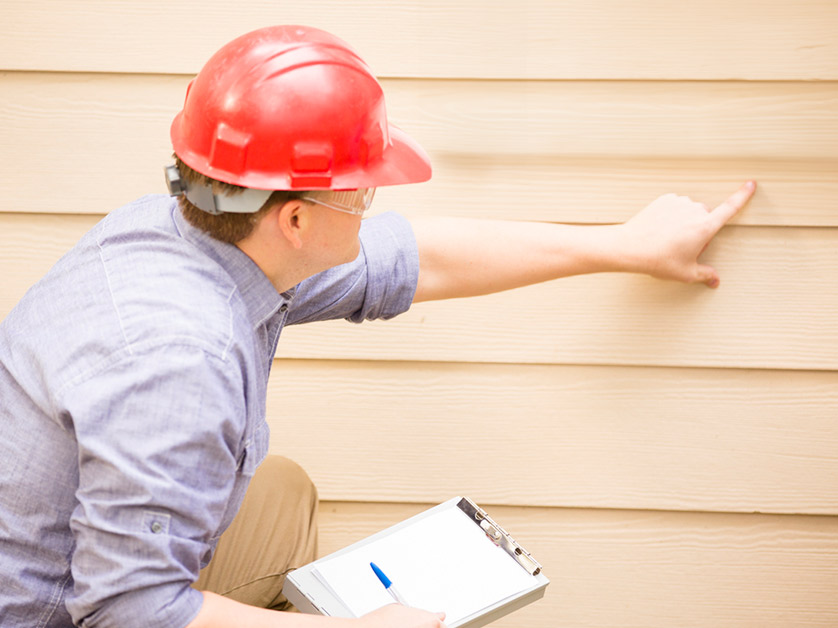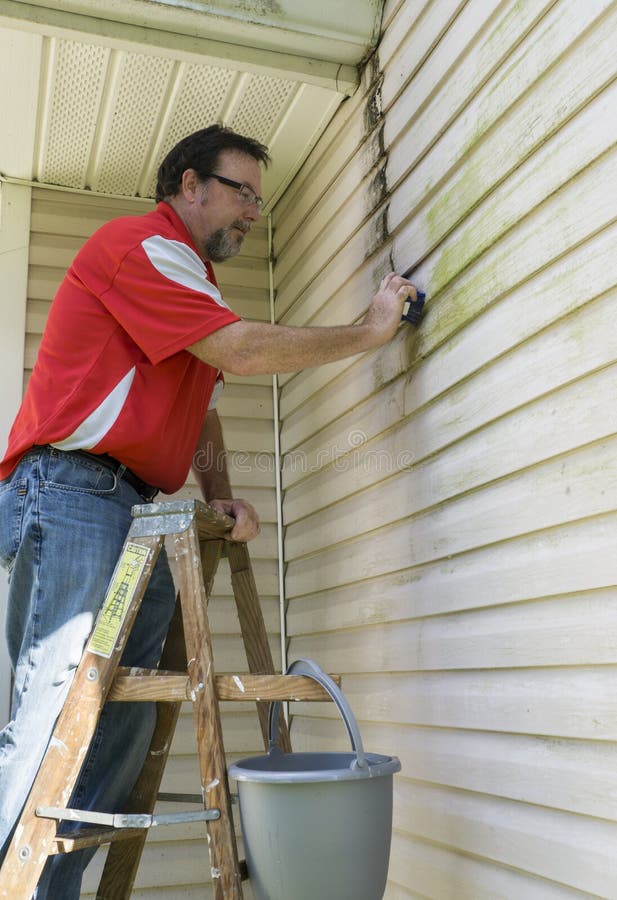The Vital Overview to the Various Kinds Of Exterior Siding and Their One-of-a-kind Benefits
In the world of home renovation, choosing the appropriate siding is a critical decision that affects both visual appeal and useful performance. The selection of materials readily available, such as wood, vinyl, fiber steel, brick, and cement, each offer special advantages that provide to different requirements and choices. Understanding these distinctions can significantly enhance the durability and worth of a property - morris siding contractor. With so numerous choices to think about, which house siding product absolutely stands out for your specific project? Checking out these selections can lead to notified choices that align with both style and usefulness.
Timber Exterior Siding
Wood home siding, a preferred selection for property exteriors, offers a timeless visual that integrates natural beauty with architectural stability. This exterior siding product is readily available in different styles, consisting of clapboard, shingles, and board-and-batten, allowing property owners to tailor their appearance to match their style preferences. Timber home siding is typically crafted from sturdy varieties such as cedar, redwood, or want, which are understood for their durability and capability to withstand ecological stress factors.
Among the key advantages of wood exterior siding is its outstanding insulation residential or commercial properties, which can add to power performance and reduced home heating expenses. Additionally, wood exterior siding is biodegradable, making it an eco friendly choice when sourced sustainably. Regular maintenance, consisting of painting or staining, can lengthen its lifespan and improve its look, enabling home owners to preserve the all-natural charm of the wood.
Nonetheless, potential disadvantages consist of susceptibility to bugs, rot, and weather damages, demanding sufficient therapy and upkeep - morris siding contractor. Despite these worries, when properly taken care of, timber exterior siding can provide a sturdy and gorgeous option that boosts the character of a home while supplying a warm, welcoming atmosphere

Vinyl Exterior Siding
Vinyl siding has become a leading choice for homeowners seeking a low-maintenance exterior choice that integrates durability and price. This flexible product is crafted from polyvinyl chloride (PVC), making it immune to different climate condition, including dampness and UV rays. As a result, plastic exterior siding does not warp, rot, or discolor, guaranteeing durable aesthetic allure.
One of the key benefits of plastic exterior siding is its extensive variety of colors and designs, allowing property owners to accomplish the desired try to find their building without the requirement for constant repainting. Additionally, plastic siding is simple to install, which can dramatically decrease labor costs during building and construction or restoration projects.
Vinyl siding likewise adds to power efficiency. Several choices feature insulation backing, which enhances thermal performance, aiding to keep comfortable indoor temperature levels and potentially reducing power bills. In addition, its smooth surface helps with simple cleansing, calling for only regular cleaning with a yard hose to get rid of dust and debris.
Fiber Concrete Home Siding
Fiber concrete home siding has actually gotten traction amongst home owners and contractors alike as a result of its amazing mix of toughness and visual versatility. Composed of a mixture of cellulose, sand, and concrete fibers, this house siding alternative is crafted to withstand extreme climate condition, including high winds, hefty rain, and temperature level changes, making it a long-lasting selection for household exteriors.

Among the primary benefits of fiber concrete exterior siding is its resistance to parasites, such as termites, and its non-combustible nature, offering improved fire safety and security. morris siding contractor. Furthermore, it is available in a large array of designs, structures, and shades, enabling property owners to achieve their preferred visual without compromising efficiency
Another benefit is its low upkeep requirements; fiber concrete home siding usually requires paint or staining every 5-10 years, which is much less constant than various other materials. Its longevity contributes to a lower general expense of possession, as it minimizes the demand for constant fixings or replacements.
Ultimately, fiber cement exterior siding represents an outstanding investment for those seeking a durable, appealing, and flexible outside choice, integrating both type and feature to improve the home's visual charm.
Metal Exterior Siding
The allure of metal siding exists in its Read Full Article durable resilience and modern aesthetic appeal, making it a favored choice for modern style. Readily available in products such as light weight aluminum and steel, steel house siding supplies a series of colors and finishes, permitting home owners to attain a personalized appearance that enhances their style vision.

Energy efficiency is another significant advantage, as numerous metal home siding products are created with insulation choices that aid manage interior temperature levels. This can lead to reduced power expenses with time. In addition, steel siding is typically recyclable, making it an eco pleasant choice for sustainability-minded home owners.
The installation process for metal home siding can be relatively straightforward, resulting in a quicker turn-around time for building jobs. In general, metal house siding incorporates capability and style, making it a practical alternative for those looking for a enduring and aesthetically enticing exterior finish.
Block and Stone Siding
Block and stone siding stands out as a classic option that enhances the visual charm of any kind of home. Recognized for their longevity and reduced maintenance, these products supply a remarkable roi while raising the property's visual appeal. Available in numerous colors, appearances, and patterns, brick and rock can be customized to fit varied architectural designs, from conventional to modern.
Among the primary advantages of block and rock exterior siding is their power performance. Both materials possess all-natural insulating residential or commercial properties that aid regulate interior temperature levels, potentially minimizing heating & cooling expenses. In morris siding contractor addition, they offer exceptional fire resistance compared to various other exterior siding choices, adding to boosted safety.
Another benefit is their durability. Brick and rock can last for years, usually requiring minimal upkeep beyond occasional cleaning. Unlike wood siding, they are unsusceptible bugs and rot, making sure a durable outside that holds up against the components.
Verdict
In summary, the option of home siding substantially impacts a home's visual charm, energy efficiency, and upkeep needs. Each type of exterior siding-- whether wood, vinyl, fiber cement, block, or steel and stone-- offers unique advantages customized to numerous house owner choices and environmental conditions.
One of the primary advantages of wood exterior siding is its excellent insulation properties, which can add to power efficiency and reduced home heating costs. Additionally, timber exterior siding is eco-friendly, making it an ecologically pleasant alternative when sourced sustainably.One of the key advantages of steel siding is its resistance to numerous ecological factors.Power effectiveness is one more considerable benefit, as several metal exterior siding items are made with insulation options that assist control interior temperature levels. Each kind of siding-- whether wood, vinyl, fiber concrete, steel, or block and rock-- supplies distinct benefits customized to different home owner preferences and environmental conditions.